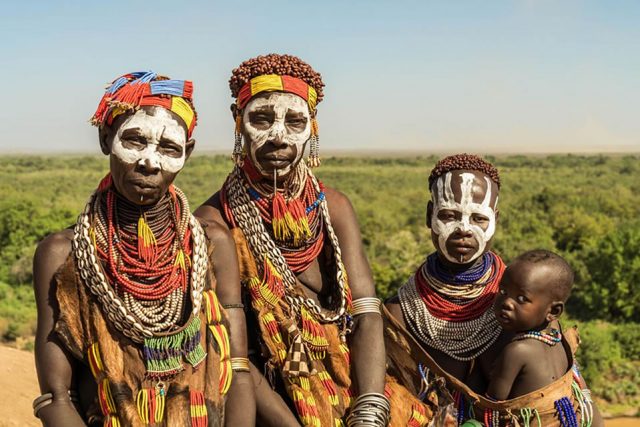Tanzania offers the finest and unique safari experiences and wildlife spectacles found nowhere on the planet. With approximately 40% of its landmass designated for wildlife conservation, great and unique natural features, friendly and hospitable people, and a superb climate, all make
Tanzania is one of the most visited wildlife safari destinations in the world with several safari options and excellent tourist packages that embody all the attractions in Africa. And if one wants to draft a list of the Top Ten Natural Wonders of the whole World of Africa, then Tanzania would have three of the top five, Serengeti, Kilimanjaro & Ngorongoro. No doubt many wildlife enthusiasts, adventurers et cetera, and travel to Tanzania every year to explore the country’s unparalleled and amazing biodiversity for an unforgettable life – time experience in a part of the world like no other.
Of course, Tanzania Wildlife Safari will incorporate in your itinerary the experience of the Africa Big Five, The Big Five Safari! Never miss the Authentic Tanzania Safari Holidays in your bucket list, with great people on your African Safaris and Holidays. Maasai Magic Safaris looks forward to share her passion, love and experience with you on your visit to East Africa.
It is rare to encounter someone who has been on a safari in Tanzania but has not visited the northern region. Wildlife in Tanzania is dominated by the annual Tanzania wildlife migration, where visitors are blown away by the prolific herds of wildlife that also include large numbers of topi, eland and gazelles.
Predators are abundant here too with lion and cheetah dominating the Tanzania Wildlife spectrum, although leopard sightings are also reliable and wild dogs are making a strong comeback when it comes to Safaris. The critically endangered East African black rhinos of Ngorongoro and Mkomazi, giant elephant tuskers of Tarangire, and abundant flamingos that visit Lake Manyara seasonally round out a wildlife experience in Tanzania unlike any other.
Although it has suffered badly at the hands of poachers in recent years, the southern region of Tanzania is still renowned for its large numbers of Tanzanian Wildlife such as elephants and huge herds of buffalo.
These mega-herbivores, along with the full suite of plains game, support healthy predator populations of Tanzania Wildlife with Selous being famous for its wild dogs and Ruaha for its carnivores like lions. In the west of this region of Wild Tanzania, abutting Lake Tanganyika, are the primate strongholds of the Mahale Mountains and Gombe Stream national parks with habituated chimpanzees being the prime Tanzania Wildlife attraction here.
With the exception of the endemic Zanzibar red colobus monkey, Aders’ duiker, Sykes blue monkey and the diminutive Suni antelope, the islands off the east coast of Wild Tanzania are all about marine wildlife. Dynamite fishing has done some damage here, but dolphins are still frequently seen on diving and snorkelling trips off the coast of Zanzibar and Mnemba, while harmless whale sharks frequent the warm waters around Mafia Island.
Things to do in Tanzania
Serengeti National Park
The Serengeti national park is arguably Tanzania’s most popular tourist attraction. It is part of the wider ecosystem which also includes the Simiyu and Mara regions in Kenya. The park consists of acacia trees, savannah grasslands, woodlands and small forests. The annual great migration within and outside the Serengeti is one of the world’s greatest wildlife spectacle. During this migration, over 1 million wildebeest and 250,000 zebras move around the Serengeti and then cross the Mara river to Kenya. They go through great challenges and have to cross crocodile infested rivers and lion territories. While on safari in the Serengeti, you can spot elephants, buffaloes, cheetahs, giraffe, impala, hyenas, eland, gazelle, ostriches and wild dogs. If you can afford the hot air-balloon experience, then go for it. Since the animals, move a lot during the dry season, it is important to plan your trip during specific months.
Ngorongoro Conservation Area
The Ngorongoro Conservation Area is located next to the Serengeti and 180 kilometers away from the city of Arusha. The key feature of the reserve is a large volcanic caldera/crater which acts as a natural enclosure that keeps most of Africa’s famous wildlife together. Because of this protective shield and constant water throughout the year, the animals here do not migrate as much as those of the Serengeti. Visitors can expect to spot them throughout the year. The animals to look out for are lions, black rhino, leopard, elephants, flamingos and buffaloes. The varied landscape includes forests, bushes, Savannah grasslands, volcanic features and saline lakes. The government has allowed the Masai tribesmen to continue living and taking care of their domestic within the conservation area hence allowing tourists chance encounters with them.
Olduvai Gorge
The Olduvai Gorge is found within the wider Ngorongoro conservation area. It is where some of the first fossils of the earliest humans were found. For this reason, it is sometimes known as the cradle of mankind. The site sites on a collection of fault lines which got exposed due to erosion allowing scientists to excavate fossils that are millions of years old. The first fossil was discovered in 1911 by a German professor while looking for butterflies in the area. Later, the Leakey family carried out more advanced explorations in the area where they unearthed bones and fragments of skulls believed to be about 2 million years old. The Leakey’s also unearthed hunting weapons and other tools which are believed to be 1 to 1.5 million years old.
Ruaha National Park
Ruaha is found in the western part of Iringa. It is the largest National Park in Tanzania covering an area of around 13,000 square kilometers. Ruaha is part of a wider eco-system that also includes Usangu Game Reserve, Rungwa Game Reserve and other smaller protected reserves.
The park gets its name from the River Ruaha. This river is very important to the eco-system because helps support the animals and plant life particularly during the long dry spells. The animals gather to drink alone the banks of the river offering amazing wildlife viewing. Ruaha River also supplies most of the electricity in the country. The key attractions in Ruaha National Park are the large prides of lions, elephants and the wild dog. Other animals roaming the park are jackals, leopards, zebras, bat-eared foxes, cheetahs, giraffes and impala.
The park is not as crowded as the Serengeti and because of that offers excellent exclusive safaris. It is possible to have a unique wilderness experiences which is very rare these days. Ruaha can be reached by car via Iringa or by air to the airstrip in the park.
Tanzanite
Tanzanite is a rare and precious gemstone only found in Tanzania. They are mined from deep inside the Mount Kilimanjaro. The mineral has striking shining blue colors. Though not as expensive as diamonds, they are equally stunning. They are excellent gifts for friends, lovers and those you cherish. Tanzanite can be bought from jewelry shops in major cities like Dar es Salaam and Arusha but it is important to be careful so as not to buy fakes. Only buy from authorized dealers and in well-known artisan shops. Genuine products will have a recognized gem certification.
Tarangire National Park
Tarangire is the sixth largest park in Tanzania. It covers an area of about 2,850 square kilometers. The park gets its name from the Tarangire River which crosses the park and is a major source of water for the animals especially during the dry season. One striking feature in the park is the old baobab tree and countless termite mounds. Though smaller than Ruaha, the park receives almost the same number of visitors because it is closer to the Serengeti, Ngorongoro crater and the Masai Mara in Kenya. Tarangire has one of the largest populations of elephants in Africa and is home to tree climbing lions. Apart from lions and elephants, expect to encounter impala, giraffe, zebras and wildebeest. Tarangire National Park is a birders paradise with over 550 species. During the dry season, the park receives thousands of birds and animals from other nearby parks – especially the Manyara National Park. At the height of this migration, the number of elephant can rival any anywhere in the world.
The Great Rift Valley
The East African rift valley passes through Tanzania leaving behind amazing features like lakes, rivers, hot springs, geysers and volcanoes. Some of the lakes found on the floor of Tanzania’s part of the rift valley are Lake Tanganyika, Lake Natron, Lake Manyara, Lake Eyasi, Lake Victoria and Lake Makati. Most of these lakes are shallow and are blessed with amazing biodiversity.
Dar es Salaam
Although Dar es Salaam isn’t the capital city, it is by far the largest metropolitan area in Tanzania. Dar es Salaam is also Tanzania’s commercial hub and busiest port. With a population of over 4 million (one of the largest in Africa), Tanzania is the best place to experience Tanzanian culture, cuisines, restaurants and nightlife. The key attractions in the city are the beautiful beaches, the fish market, the national museum, Kunduchi Wild Water Park, Botanical gardens, Askari monument, Oyster Bay, Mbudya Island, the former state house and nearby national parks. The city is located on the showers of the Indian Ocean hence allowing residents and visitor’s access to beautiful beaches, the islands of Zanzibar and much more.
The best time to visit Tanzania for a wildlife safari
Most safari areas in Tanzania enjoy warm days and cool evenings year-round. While temperatures drop to below freezing on Mount Kilimanjaro and Mount Meru, the country’s Indian Ocean coast and lakeside regions are hot and humid.
Tanzania has two distinct rainy seasons: April to May (the ‘long rains’) and November to December (the ‘short rains’). Generally, the country’s main rainy season (the long rains) produces tropical downpours in the afternoons and many safari camps close. The short rains season sees the occasional brief shower, but safari camps stay open and game viewing is good.
The best time for a Tanzania safari will depend on where you want to go and what you want to see. For first-time safari goers, the best time to go to Tanzania is usually during the dry season, as wildlife is easier to track and spot. Whether you’re visiting Tanzania for the first time, understanding the difference between the safari high season vs low season is a great place to start.
Tanzania in January
Tanzania experiences two rainy seasons and two dry seasons: the short dry season runs from late January to early March, and the long dry season from June to October. In between are the short rains of November to January and long rains from late March to May with April being an extremely wet and challenging month to get around. The country’s parks and attractions are at their busiest during the long dry season months of June to September with July and August.


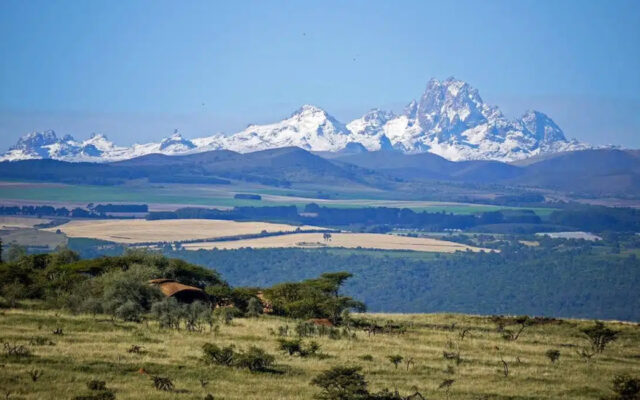
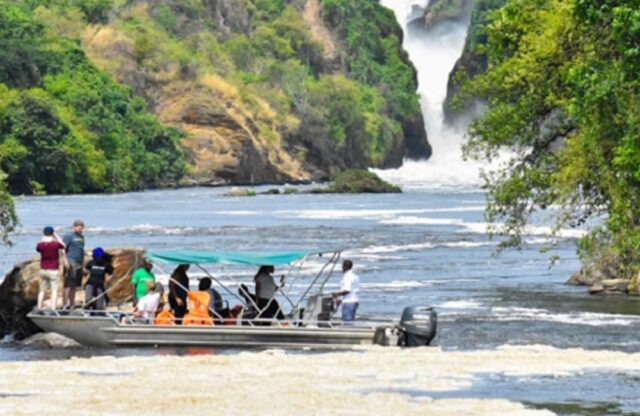
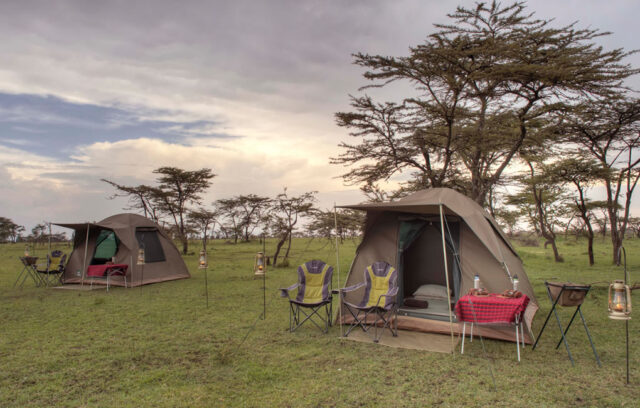
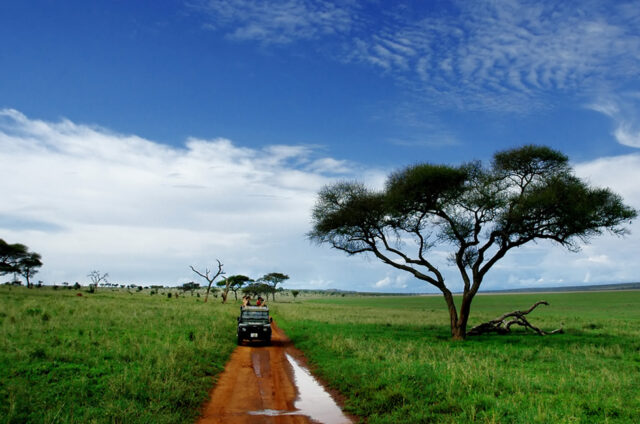
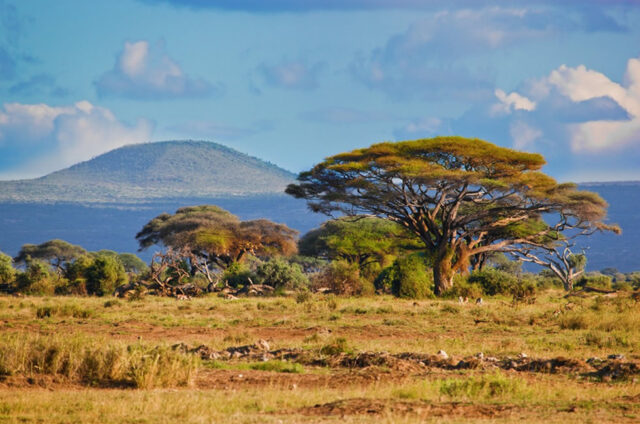
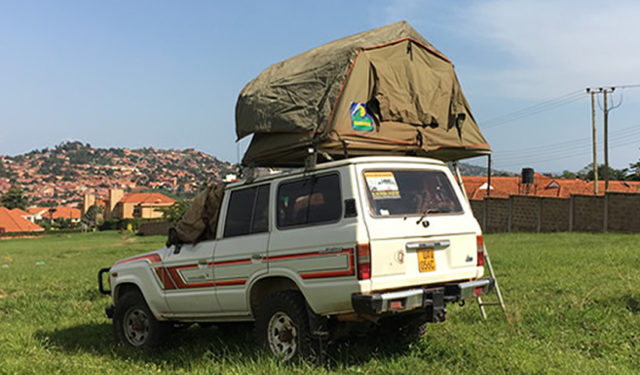
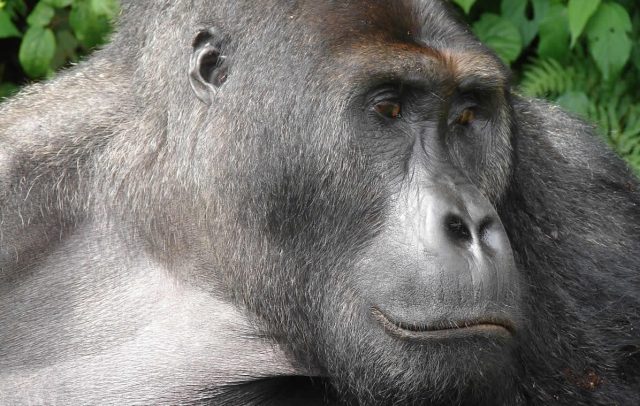
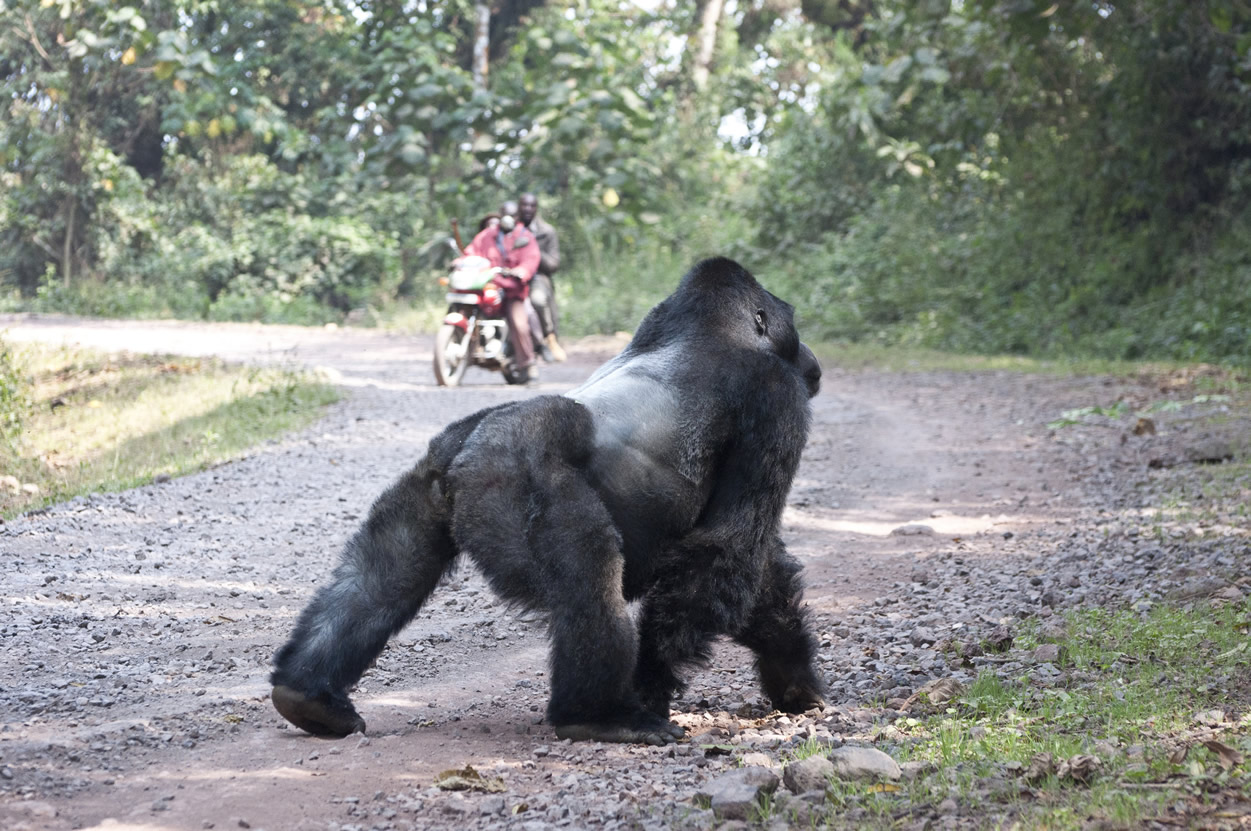 Kahuzi Biega National Park consists of 2 habituated groups that have been set for eastern lowland gorilla trekking although more groups are undergoing the habituation process. For visitor experiences, the gorilla groups to explore in this park include the Chimanuka gorilla group that comprises 19 individuals, and secondly, the Mugaruka gorilla family that is led by Mugaruka silverback.
Kahuzi Biega National Park consists of 2 habituated groups that have been set for eastern lowland gorilla trekking although more groups are undergoing the habituation process. For visitor experiences, the gorilla groups to explore in this park include the Chimanuka gorilla group that comprises 19 individuals, and secondly, the Mugaruka gorilla family that is led by Mugaruka silverback.